
Essential Korean Manners: Introduction
Hello, friends! Are you planning a trip to Korea, or maybe even thinking about staying longer? Do you know what is essential Korean Manners? Well, you’re in for an amazing experience! But remember, understanding Korean manners and etiquette is key to making the most of your time there. I’m here to walk you through the essentials, so you can fit right in and avoid any awkward moments. Let’s dive in and get you prepped for your Korean adventure and learn essential Korean Manners!
Navigating Korean Manners: A Beginner’s Guide

Welcome to your first steps into the world of Korean manners! 🌟 As you embark on this journey, remember, it’s all about showing respect and kindness. Here are some basic yet crucial manners to get you started:
- Bowing: It’s more than just a gesture; it’s a symbol of respect. A slight bow when meeting or parting ways is a common practice. It’s like saying “hello” and “thank you” with your whole body.
- Using Both Hands: Whether you’re giving or receiving something, like a gift or a business card, use both hands. It’s a small action that carries a big message of respect and appreciation.
- Proper Address: In Korea, titles and surnames are important. Until someone invites you to call them by their first name, stick to using their title or last name. It shows you value their social position and relationship.
Key Korean Etiquette for Social and Dining Situations

Now, let’s navigate the etiquette for two important aspects of Korean culture: socializing and dining. These tips will help you feel more at ease in social gatherings and at the dinner table.
Dining Etiquette: Dos and Don’ts at the Korean Table
- Wait Before You Eat: At a dining table, it’s polite to wait for the eldest or the host to start eating before you do. It’s a sign of respect for their position in the group.
- Mind Your Chopsticks and Spoon: Never leave your chopsticks sticking out of your rice bowl; it resembles a ritual for the dead. Also, use your spoon for rice and soups, and chopsticks for other side dishes.
Social Etiquette: Greetings, Respect, and Interactions
- Greetings: A simple nod or a small bow is perfect for most greetings. Handshakes are common too, but usually, the elder or the person of higher status offers their hand first.
- Personal Space and Touch: Koreans generally have a sense of personal space similar to what you might be used to. Avoid too much physical contact like backslapping or hugging unless you’re close friends.
By keeping these manners and etiquette in mind, you’ll navigate social and dining situations with grace and confidence. Remember, every culture has its norms, and in Korea, these gestures of respect and politeness go a long way in making connections and building relationships.
Cultural Nuances: Understanding Unspoken Korean Manners

Diving deeper into Korean culture reveals a tapestry of unspoken manners that guide daily interactions. These nuanced practices are like the unwritten rules of Korean etiquette, shaping the harmony and respect in society. Let’s uncover some of these cultural subtleties:
- Silent Gratitude: In Korea, gratitude is often expressed through actions rather than words. A simple bow, a thoughtful gesture, or even a respectful nod can say “thank you” in a more profound way than words alone.
- Respect for Elders: Reverence for age and status is deeply ingrained in Korean culture. It’s common to offer your seat to elders in public spaces or to serve them first at meals. These acts of respect are a silent language of honor in Korean society.
- Indirect Communication: Directness is often avoided in favor of harmony. Koreans may use indirect speech or gestures to convey messages, especially in situations that might cause embarrassment or conflict. Learning to read between the lines is key to understanding and responding appropriately.
- Public Behavior: Modesty and restraint are valued in public settings. Loud conversations, excessive laughter, or public displays of affection are generally kept to a minimum to maintain public decorum and respect for others’ space.
- Business Card Exchange: In professional settings, the exchange of business cards is a ritual. Present and receive cards with both hands as a sign of respect. Take a moment to read the card carefully before putting it away; it’s a gesture that acknowledges the importance of the connection.
By embracing these cultural nuances, you’re not just learning about Korean manners; you’re weaving yourself into the fabric of Korean social life. These unspoken rules may seem small, but they hold great significance in building respectful and meaningful interactions in Korea. As you navigate through these cultural layers, you’ll find a deeper connection to the people and the rich traditions that make Korea unique.
Conclusion : Essential Korean Manners
There you have it! Keeping these essential Korean manners and etiquette tips in mind will not only help you avoid faux pas but also enrich your interactions in Korea. Remember, it’s all about showing respect and making connections. So, go forth with confidence, embrace the culture, and enjoy every moment of your Korean journey. You’re going to do great!
Do you want to learn Korean expressions? Download our App!
😉Take our ‘30-day to Korean Fluency‘ course to improve your Korean skills with short dramas made by us 🙂
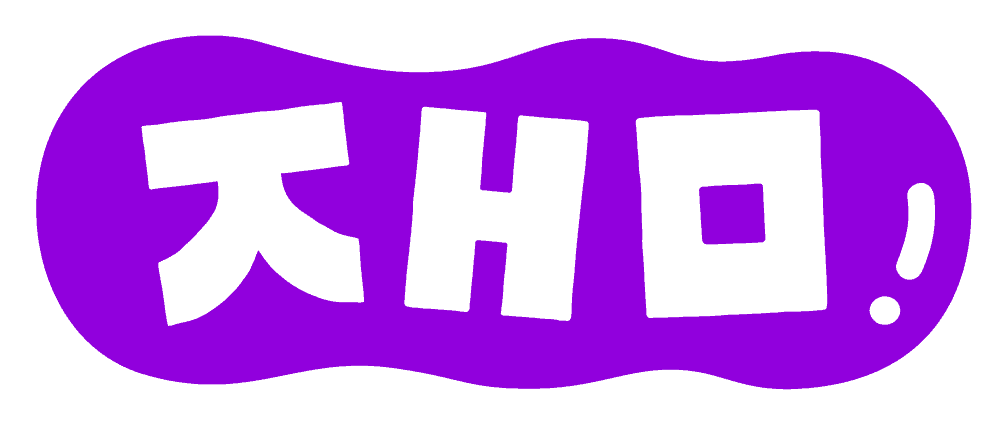
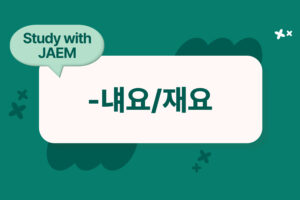

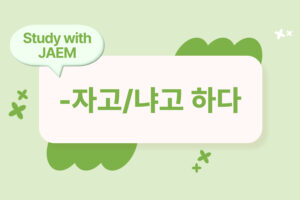

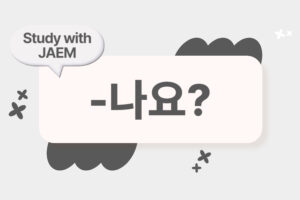

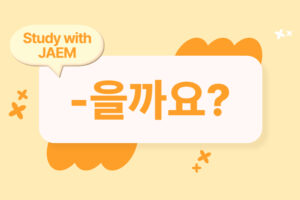
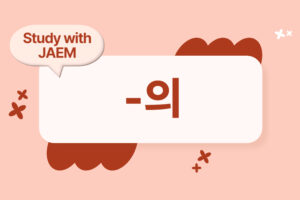

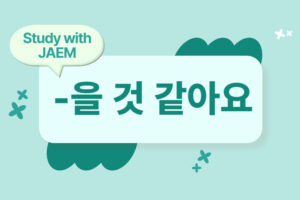

Responses